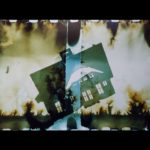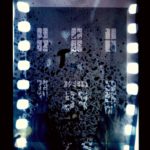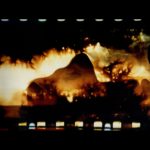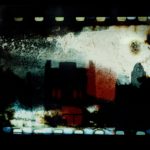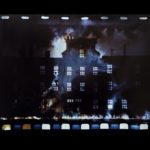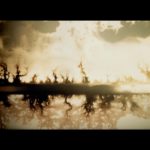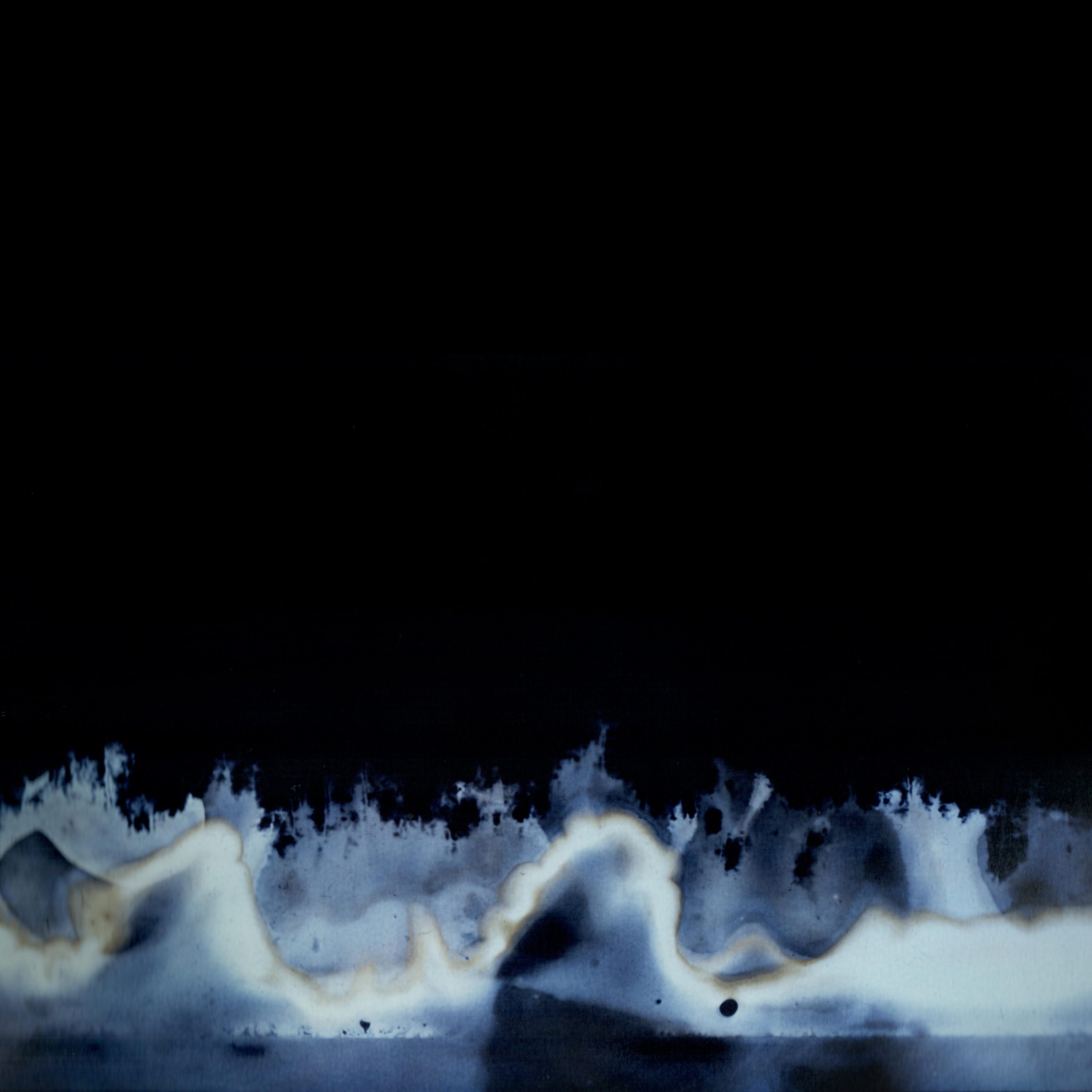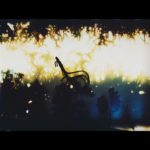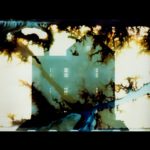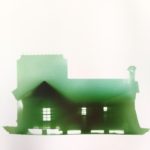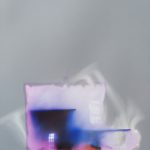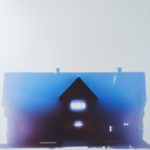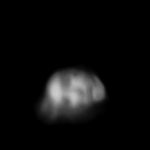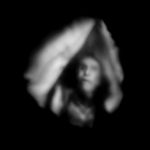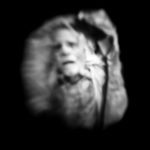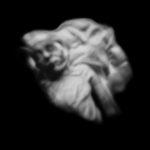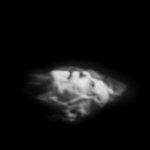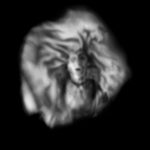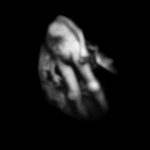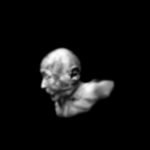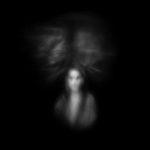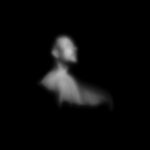Sight (un)Seen
Scott McMahon
There is speculation that the last image that passes through the eye when someone dies lingers on the retina for an undetermined amount of time. I find the thought of this possibility profoundly beautiful and poetic.
Many years ago, I came across a photographic image in Pinhole Journal (Volume 4 #1, 1988, Eric Renner & Nancy Spencer) that deeply intrigued me. The image was of a murky landscape taken by the Swedish playwright, novelist, poet, painter and photographer, August Strindberg (1849-1912). The depiction of the landscape wasn’t that remarkable, but the way in which it was created intrigued me the most. For this image Strindberg used the biconvex lens from the eye of a beetle, in place of a standard camera lens to photographically render the landscape.
Since the camera lens is closely designed after the human eye, it only made sense to experiment with the human lens, as camera lens. In this series I replaced the camera lens with that of the human (cadaver) lens. Essentially, I approached this project as if making a pinhole camera. A box is used and made light-tight; a hole is drilled in one side of the box where the human lens is carefully held in place. Light-sensitive black and white photographic enlarging paper is secured in the box to receive the projected image. Upon chemical development, a photographic negative is produced and in turn, a positive print is made.
Sight [Un]Seen explores images that may have been formed after one departs their physical body. Rather than dwelling upon death this series focuses on the celebration of life. The images are hazy and ethereal, they are forming and dissipating, imprinting the familiar and at times, the unfamiliar. The majority of the series is comprised of portraits. Some of the portraits taken of the donors are made with their own lenses, a literal self-portrait, gathering light and forming a present visage. Additional portraits are made of the living as they peer through the lens of the departed to form their own likeness. Images of landscapes and architectural structures also appear in this series as a way of providing an environment or place one may have frequented.
My intensions for this project come from a place of sincere gratitude and appreciation for the gift that the donors and their families have provided. My approach is always sensitive, respectful, and compassionate. I am grateful for this opportunity of artistic research, exploration and expression. I see this as a true collaboration between art and science, the living and the deceased. The viewer, at times may be left with questions and some ambiguity, which I believe fuels art that is compelling and thought-provoking.

